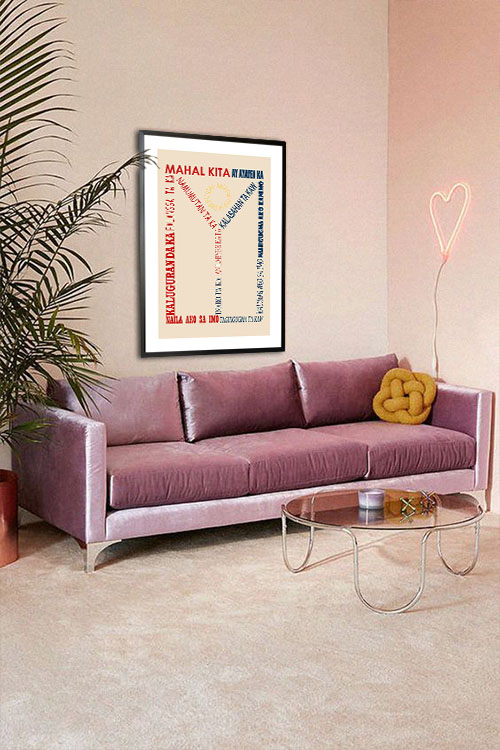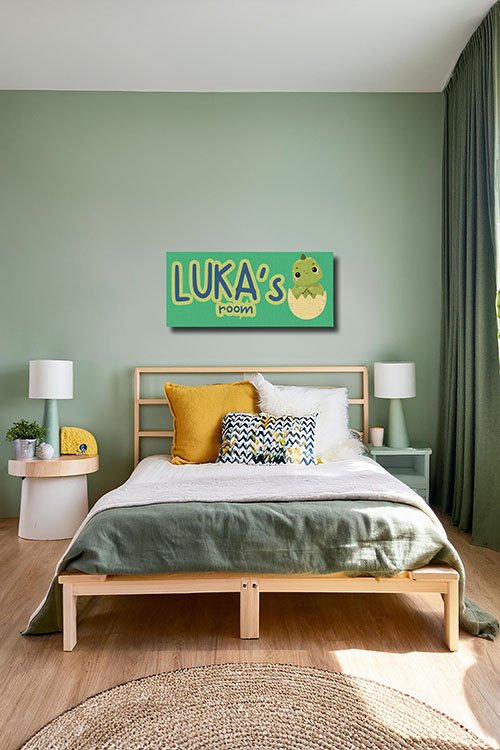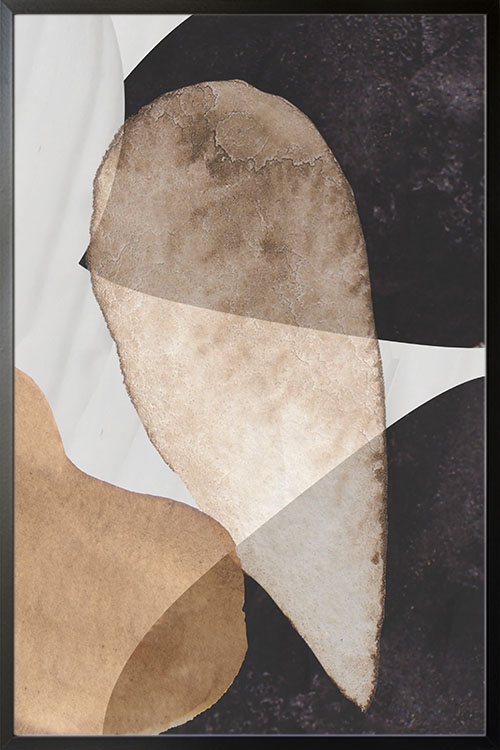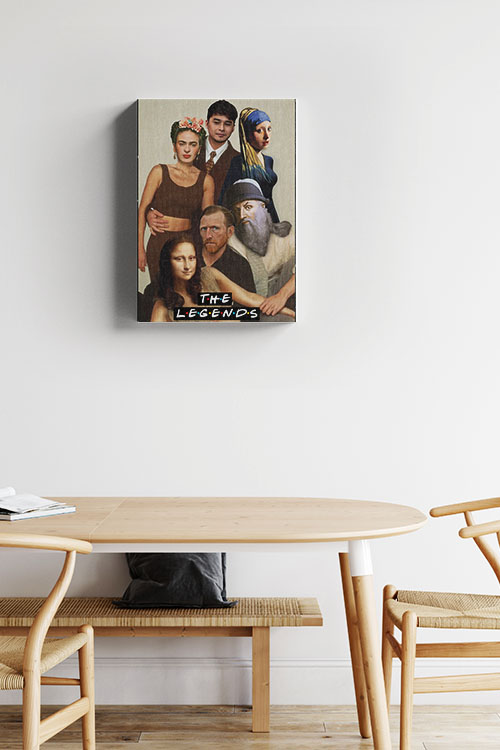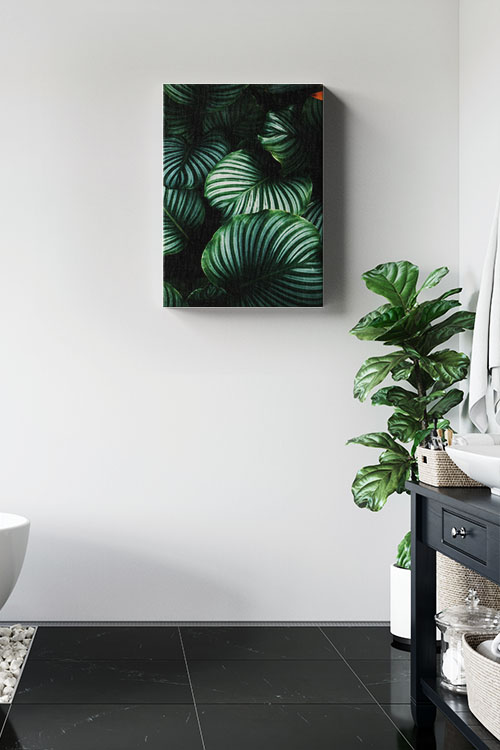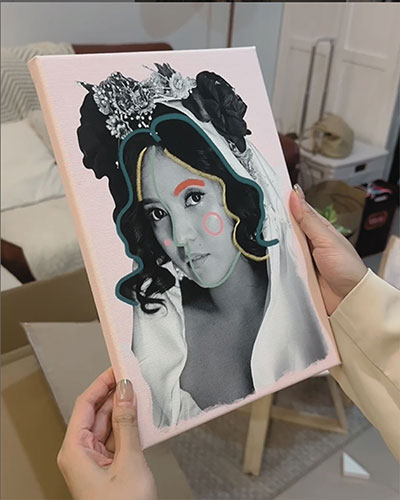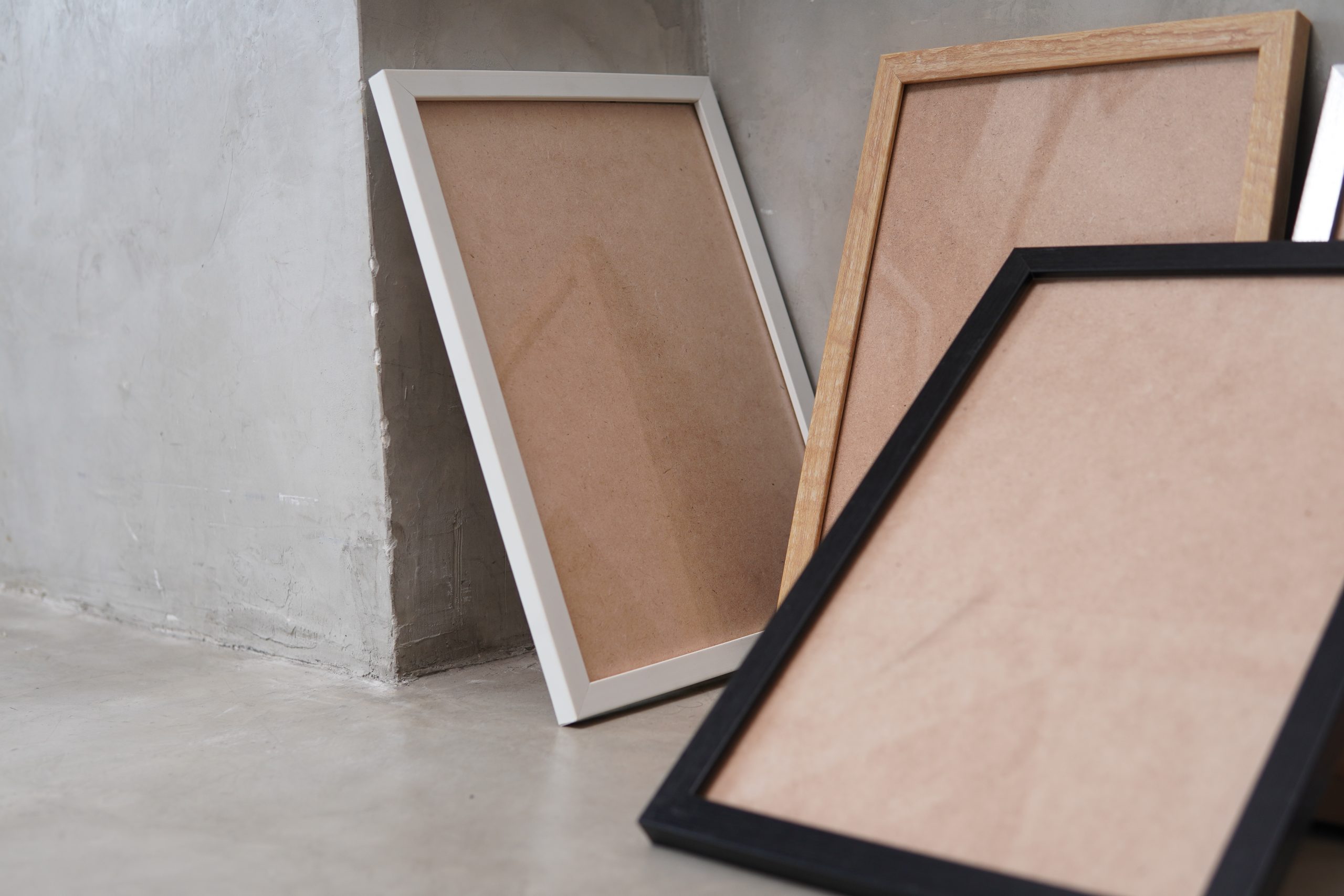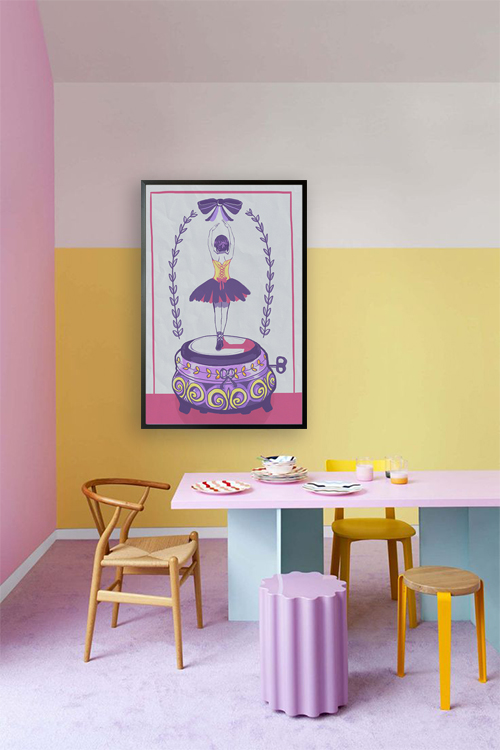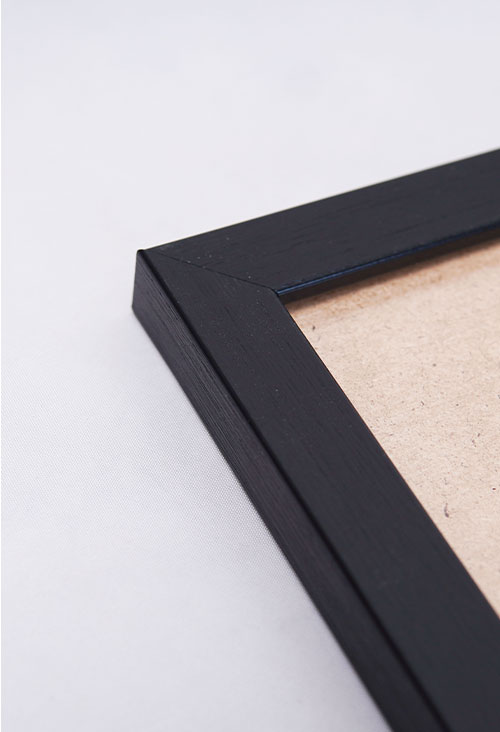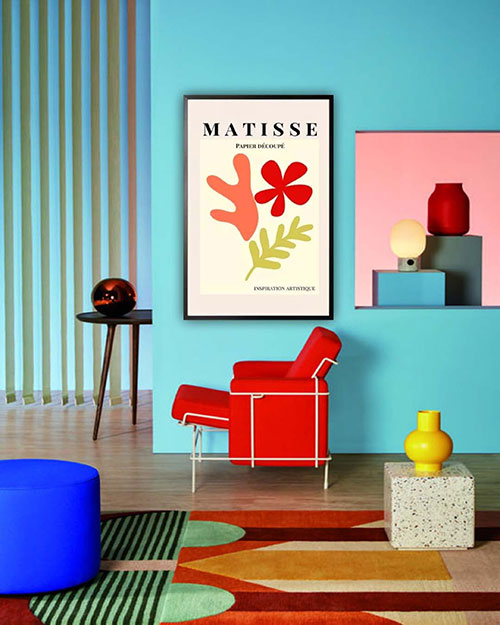
A home is more than just a physical structure; it is a sanctuary where we find comfort, solace, and a sense of belonging. Creating a space that truly makes us happy involves combining personal style, practical considerations, and thoughtful intention. Here are some key elements to consider when crafting your ideal abode.
Reflect Your Personality
Your home should be a reflection of who you are. Incorporate elements that resonate with your interests, values, and passions. Let your unique style shine through, whether it’s a collection of vintage records, a wall filled with family photos, or a vibrant color scheme with trendy prints. Your home is your canvas, and your style is the brush that paints it.
Prioritize Comfort and Functionality
A happy home is a comfortable one. Invest in stylish and functional furniture, ensuring it fits your lifestyle and needs. For instance, consider multi-functional furniture like a sofa bed if you have a small living space. Pay attention to lighting, acoustics, and temperature control to create a relaxing and inviting atmosphere.
Embrace Nature
Bringing the outdoors in can significantly enhance your well-being. Add plants, natural materials like wood and stone, and ample natural light to create a connection with nature. Design your home to maximize outdoor living spaces like a balcony, patio, or garden. Nature is not just a design element but a source of inspiration and well-being for your home. Let nature guide you in creating a home that nourishes your body and soul.
Declutter and Organize
A cluttered space can contribute to stress and anxiety. Regularly declutter to eliminate unnecessary items and create a sense of order. Organize your belongings in a way that makes sense to you, using storage solutions that are both practical and aesthetically pleasing.
Create a Sense of Calm
Designate a quiet space within your home where you can relax and unwind. This could be a cozy reading nook, a meditation room, or a comfortable armchair by a window. Incorporate soothing elements like soft textures, calming colors, and gentle sounds to create a peaceful ambiance.
Personalize Every Corner
The little details can make a big difference. Add personal touches throughout your home to create a sense of warmth and individuality. This could involve displaying artwork, hanging tapestries, or adding decorative accents that hold sentimental value.
Connect with Loved Ones
A happy home is where you can connect with the people you love. Designate spaces for social gatherings and create opportunities for meaningful interactions. Whether it’s a dining room for family meals or a living room for entertaining guests, prioritize spaces that foster connection and community. You can also create a cozy corner with board games or a reading area with comfortable seating to encourage more intimate interactions.
In a Nutshell
Creating a happy home is a deeply personal journey. There is no one-size-fits-all solution. Experiment with different styles, layouts, and decor to find what works best for you. The most important thing is to create a space that brings you joy, peace, and a sense of belonging. Your home is a reflection of you and should be where you feel most like yourself.
